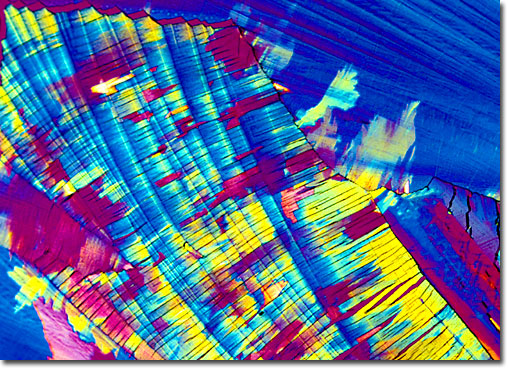Ellagic Acid

View a second image of ellagic acid.
|
Ellagic acid is a naturally-occurring phytochemical pesticide found in a variety plant species. This biochemical serves a number of possible functions in these plants, regulating plant growth and seed germination, and protecting them from microbial infections. Ellagic acid may also protect plants from cancer-inducing chemicals, heavy metal poisoning, and predation by insects and insect larvae. Since the early 1990s, researchers have been discovering that ellagic acid offers health benefits to humans as well. Early evidence shows that ellagic acid acts as a scavenger to "bind" or chemically engage cancer-causing chemicals, making them inactive. In addition, this fused bi-nuclear coumarin derivative prevents the binding of carcinogens to DNA and reduces the incidence of cancer in cultured human cells exposed to carcinogens. Ellagic acid is widely found in plants such as raspberries, strawberries, blackberries, cranberries, walnuts, and pecans, but the greatest amounts have been observed in raspberries. While the leaves of these plants contain the highest concentrations of ellagic acid, the compound is also found in their fruits and nuts. Although ellagic acid is the bioactive agent that offers protection, the phytochemical is generally ingested in the form of another biochemical called ellagitannin. Plants produce ellagic acid and glucose that combine to form ellagitannins, which are water-soluble compounds that are easier for animals to absorb in their diets. Consequently, small amounts of ellagitannins derived from natural sources may be more effective in the human diet than large doses of purified ellagic acid. |
© 1995-2025 by Michael W. Davidson and The Florida State University. All Rights Reserved. No images, graphics, software, scripts, or applets may be reproduced or used in any manner without permission from the copyright holders. Use of this website means you agree to all of the Legal Terms and Conditions set forth by the owners.
This website is maintained by our
|